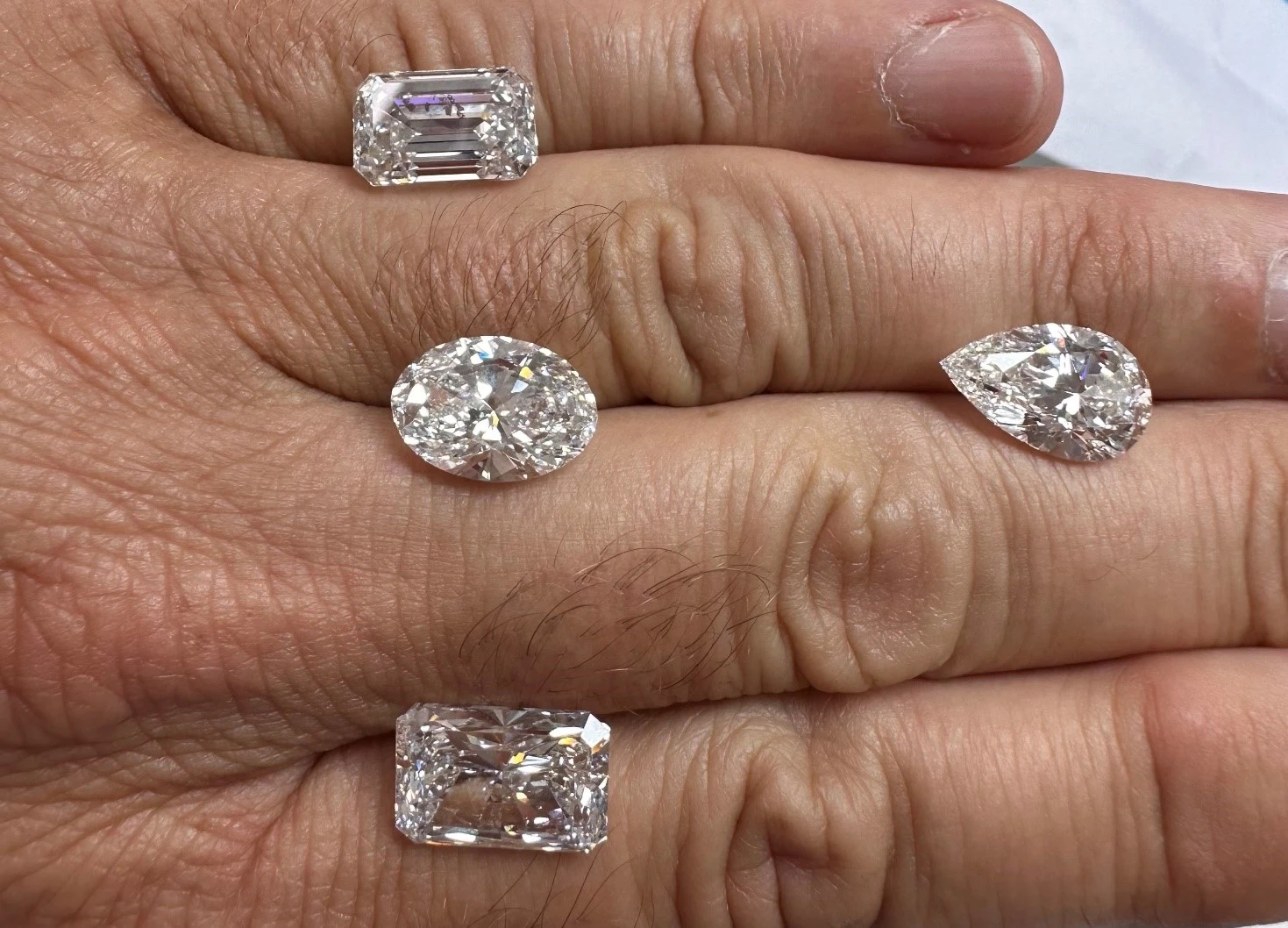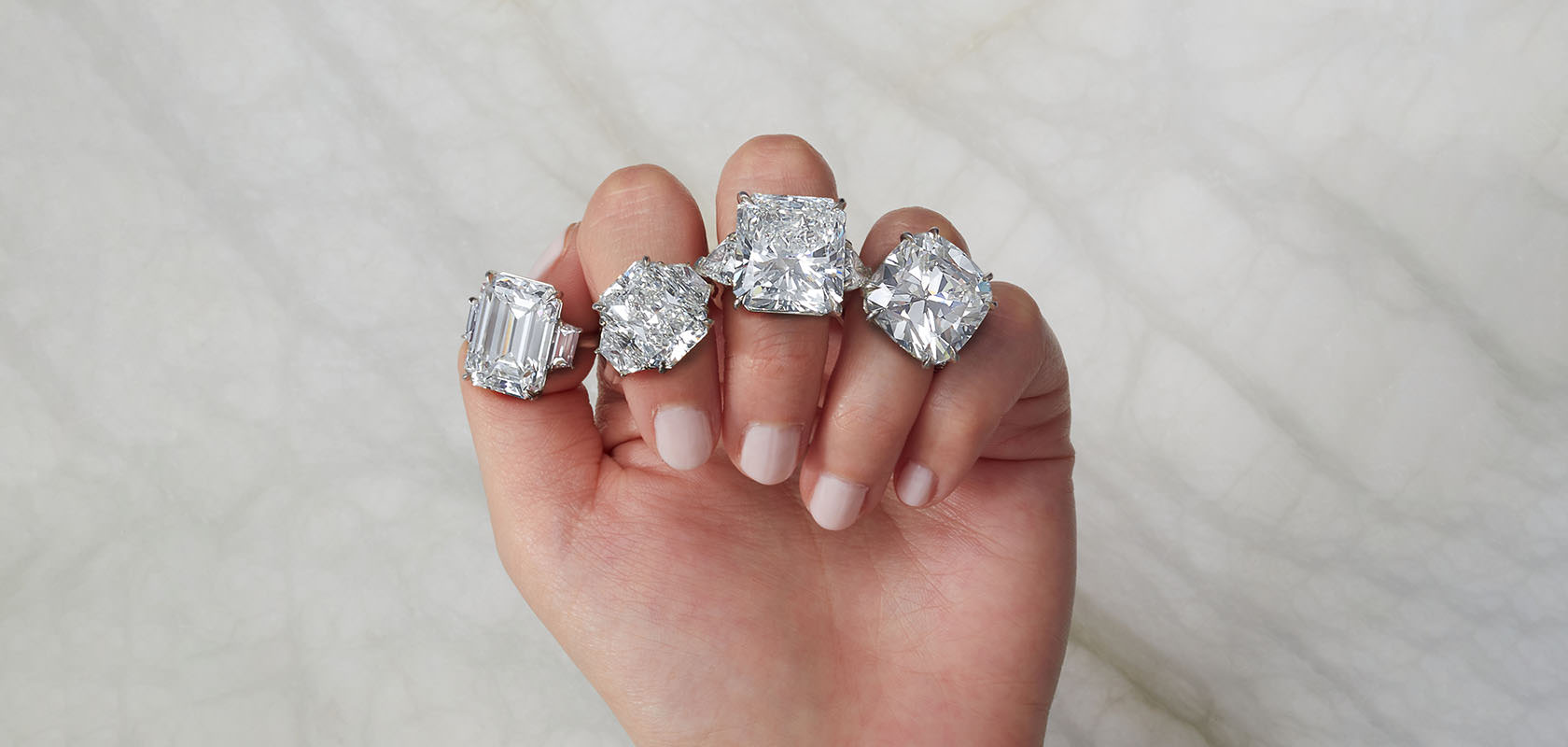What Are Lab-Grown Diamonds?
Welcome to the captivating universe of lab-grown diamonds! On the off chance that you’re considering buying a jewel, you could have run over the expression “lab-grown” and thought about what’s really going on with it. We should jump into this point and investigate what makes lab-grown diamonds interesting.
Lab grown diamonds
are genuine diamonds, very much like the ones that structure normally far below the World’s surface. In any case, instead of waiting billions of years for nature to do something amazing, lab-grown diamonds are made in merely weeks using cutting-edge innovation. Picture this: researchers reproduce the regular precious stone growing cycle in a laboratory, cautiously controlling strain, temperature, and different circumstances to create diamonds that are synthetically and truly indistinguishable from normal ones inclusions in lab grown diamonds. This interaction not just considers the formation of lovely diamonds yet additionally offers a more moral and sustainable option in contrast to conventional jewel mining.
Be that as it may, you may inquire, “What might be said about inclusions?” Extraordinary inquiry! Inclusions are the little eccentricities and defects found within diamonds. They can perceive you a ton about a precious stone’s excursion, whether it’s a characteristic pearl shaped more than great many years or a cutting edge wonder of science. In the following segments, we’ll investigate these inclusions in more detail, uncovering what they are, what they mean for the nature of lab-grown diamonds, and why they may be surprisingly significant.
Understanding Inclusions in Diamonds
What Are Inclusions?
Inclusions resemble the fingerprints of diamonds — novel denotes that recount the tale of the precious stone’s development. Imagine you’re looking at a jewel through a magnifying glass. You could see tiny blemishes — these are inclusions. They can be anything from tiny air pockets to additional complicated designs like gems or breaks. Inclusions are fascinating on the grounds that they offer a brief look into the jewel’s set of experiences.
Air pockets: These are tiny pockets of gas that can show up as little spots or circles within the jewel. They are normally innocuous however can some of the time influence the jewel’s clearness on the off chance that they’re various or enormous.
Precious stones:
These are little, mineral inclusions that can seem to be tiny spots or bits. They can come in different varieties and types, depending on the thing minerals were available during the precious stone’s development.
Mists: Mists are groups of tiny inclusions that can give the precious stone a foggy or smooth appearance. They are normally not apparent to the unaided eye however can influence the jewel’s brightness under certain lighting conditions.
Feathers: Plumes are little, feather-like breaks that could look fragile yet can now and again influence the precious stone’s solidness. They can be brought about by tension during the jewel’s development.
Needles: These are long, thin inclusions that seem to be tiny needles. They can some of the time be seen under amplification and could influence the precious stone’s radiance in the event that they are various.
Inclusions versus Regular Diamonds
Contrasts Between Lab-Grown and Regular Diamonds
While comparing lab-grown diamonds to regular diamonds, inclusions assume a huge part. The two kinds of diamonds can have inclusions, however there are a few prominent contrasts.
Regular Diamonds: Framed north of billions of years profound within the World’s covering, normal diamonds can have a large number of inclusions because of the long and complex topographical cycles they go through. These inclusions are many times normal and can recount the account of the jewel’s arrangement, from its mineral origins to its excursion to the surface.
Lab-Grown Diamonds:
Established in a laboratory climate in only half a month, lab-grown diamonds can likewise have inclusions, however the course of their creation is considerably more controlled. This implies that the inclusions in lab-grown diamonds may be more uniform or different in nature contrasted with normal diamonds. For instance, lab-grown diamonds could have inclusions brought about by the particular states of the development climate, for example, metallic inclusions from the hardware utilized in the creation cycle.
Lab grown diamonds are revolutionizing the jewelry industry with their stunning beauty and ethical appeal. Created in state-of-the-art laboratories, these diamonds have the same physical, chemical, and optical properties as natural diamonds but come with a much smaller environmental and ethical footprint.
When to Embrace or Overlook Inclusions
Inclusions are a characteristic piece of diamonds, and in some cases they can be embraced as an indication of the precious stone’s uniqueness. On the off chance that an inclusion isn’t apparent without amplification, it probably won’t worth stress over. Be that as it may, on the off chance that you’re looking for a faultless jewel, you should zero in on stones with less or less recognizable inclusions.
Final Considerations on Inclusions in Lab-Grown Diamonds
Inclusions are an integral piece of the jewel world, whether you’re considering a characteristic or lab-grown diamond. They can perceive you a great deal about the precious stone’s set of experiences, its creation cycle, and its general quality. Understanding inclusions can assist you with making a more informed choice while buying a precious stone and guarantee that you find a diamond that impeccably suits your requirements.








